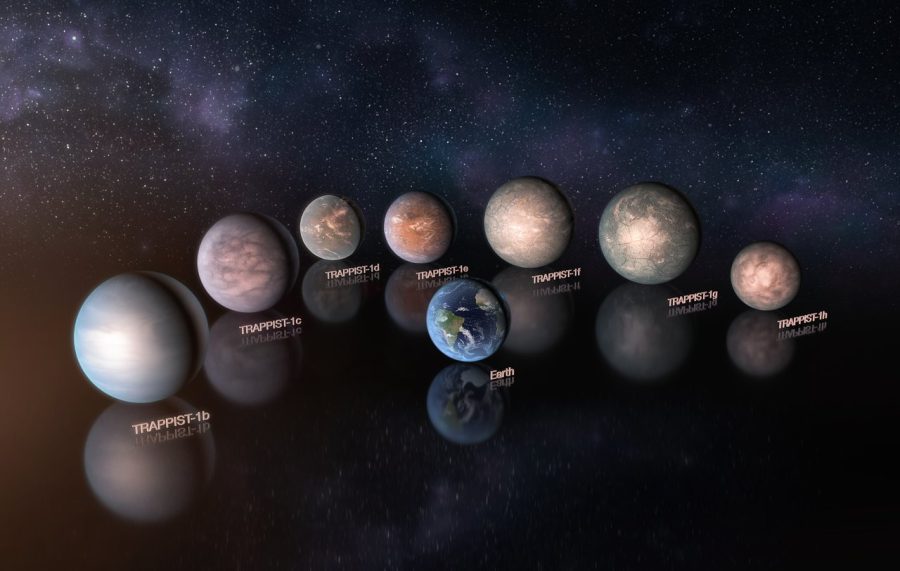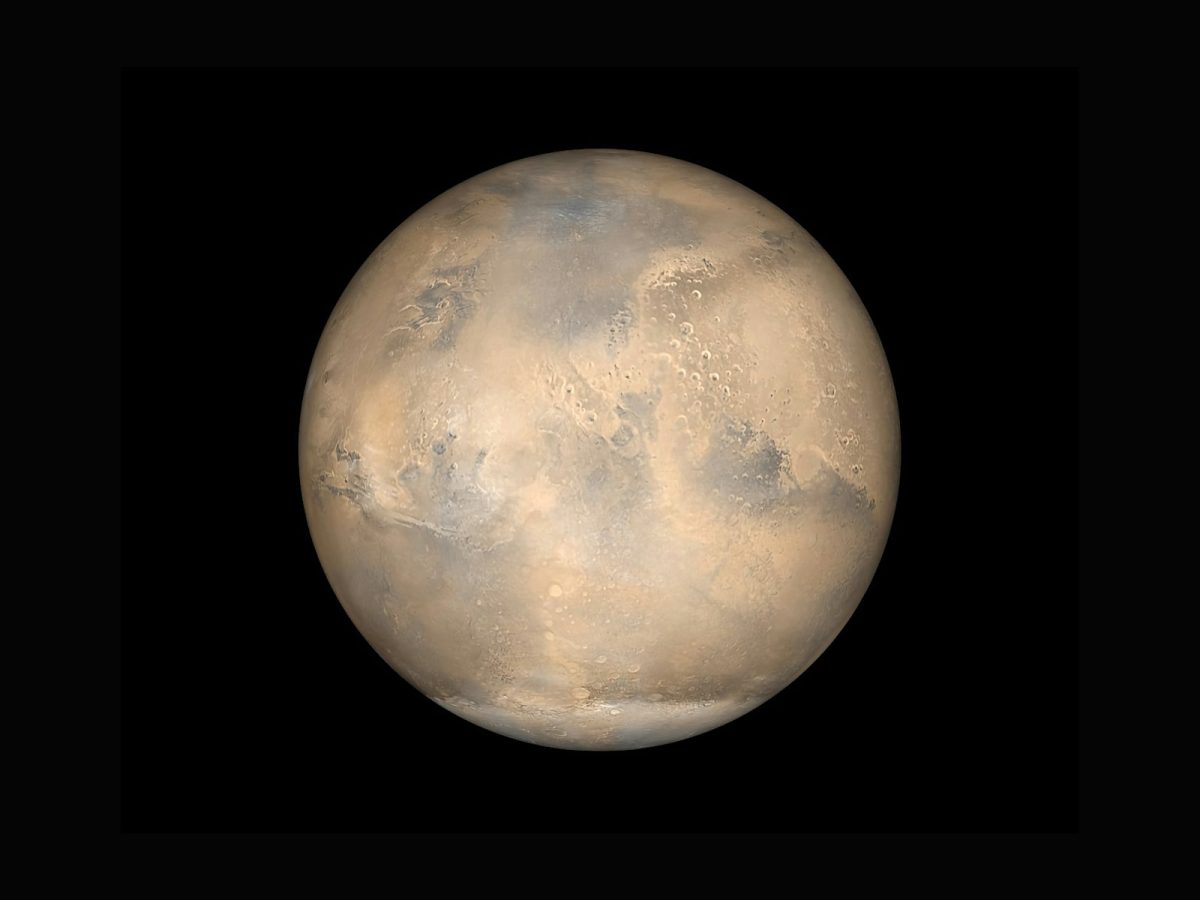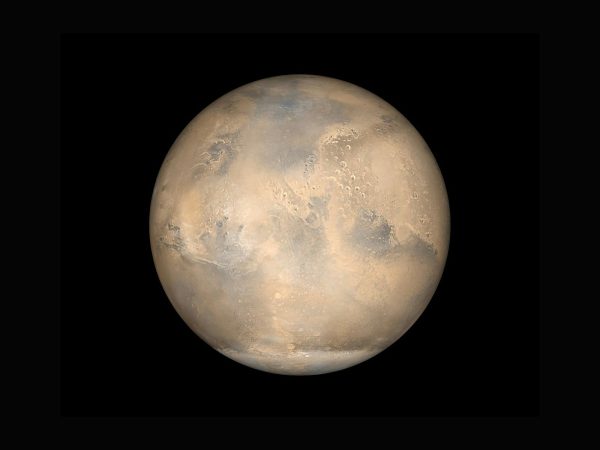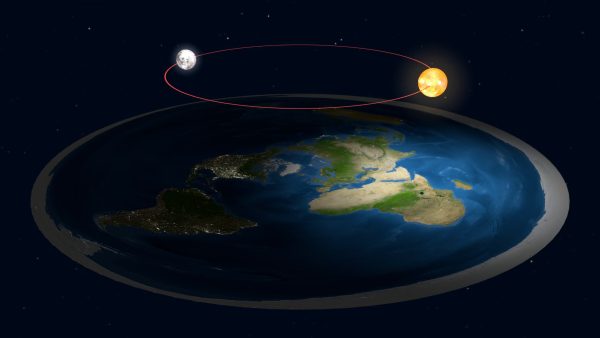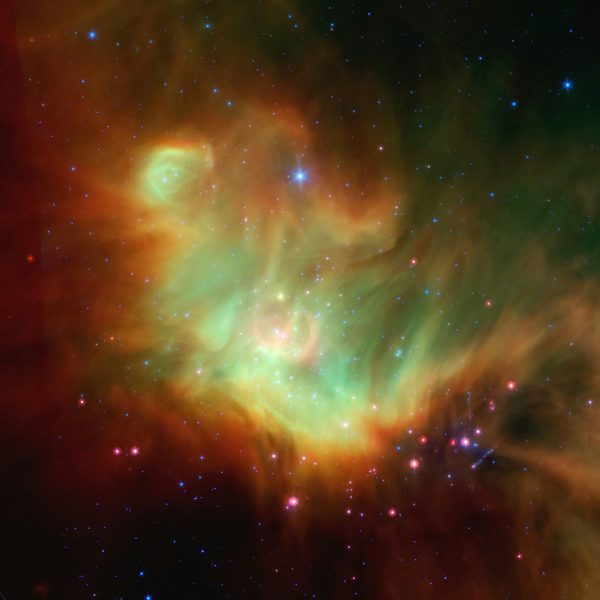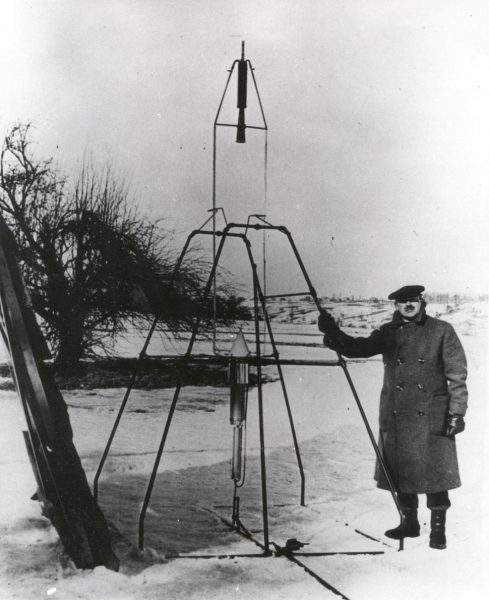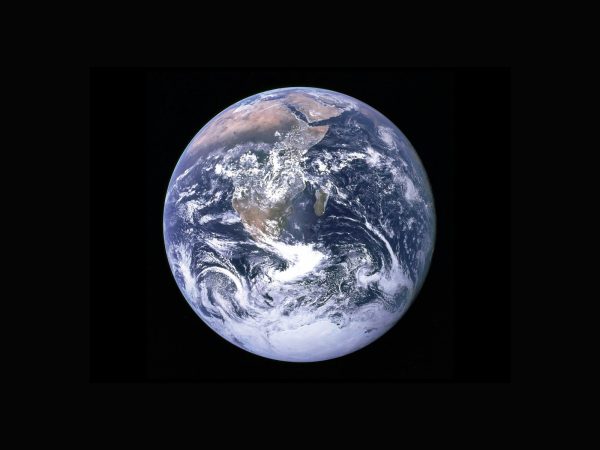Trappist-1 System
Seven Earth sized planets 39 light years away
Source: ESO/M. Kornmesser
This artist’s impression compares the seven planets orbiting the ultra-cool red dwarf star TRAPPIST-1 to the Earth at the same scale. New observations, when combined with very sophisticated analysis, have now yielded good estimates of the densities of all seven of the Earth-sized planets and suggest that they are rich in volatile materials, probably water. They are shown to the same scale but not in the correct relative positions.
The Trappist-1 System is a planetary system 39 light years away. It holds seven planets that are nearly the size of Earth. These seven planets orbit around a dwarf red star called the Trappist-1. The seven planets surrounding it are Trappist-1b, Trappist-1c, Trappist-1d, Trappist-1e, Trappist-1f, Trappist-1g, and Trappist-1h.
The Trappist-1 system has unique rocky planets, giving astronomers a better look and chance at studying them. Aside from that, what else makes this system so special? The Trappist system is believed to be the possible inhabitable planet-based system.
The most inhabitable planet in the system is Trappist-1e. 1e is most inhabitable because of its distance from the star. Its location is perfect because it gives it a good temperature balance to the point where it can hold liquid water on the surface. Studies also show it has enough oxygen and a good atmosphere density level. The only problem with inhabiting it is its distance from Earth.
RELATED STORIES:
https://exoplanets.nasa.gov/trappist1/
https://www.space.com/james-webb-space-telescope-no-atmosphere-trappist-1-exoplanet
https://www.spitzer.caltech.edu/explore/trappist-1
https://esahubble.org/images/heic1802d/
TAKE ACTION:
https://www.american.edu/news/20220811-trappist-1.cfm
https://forum.spaceengine.org/viewtopic.php?t=190
